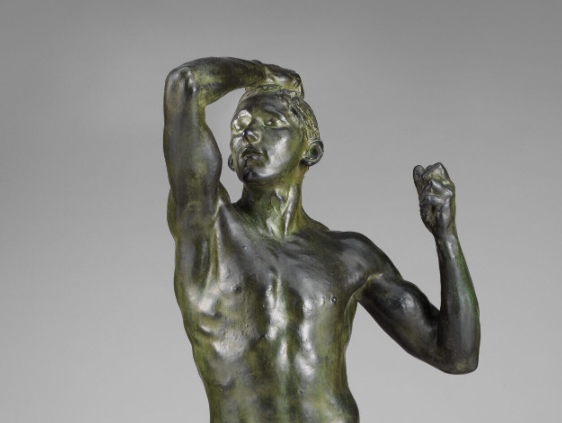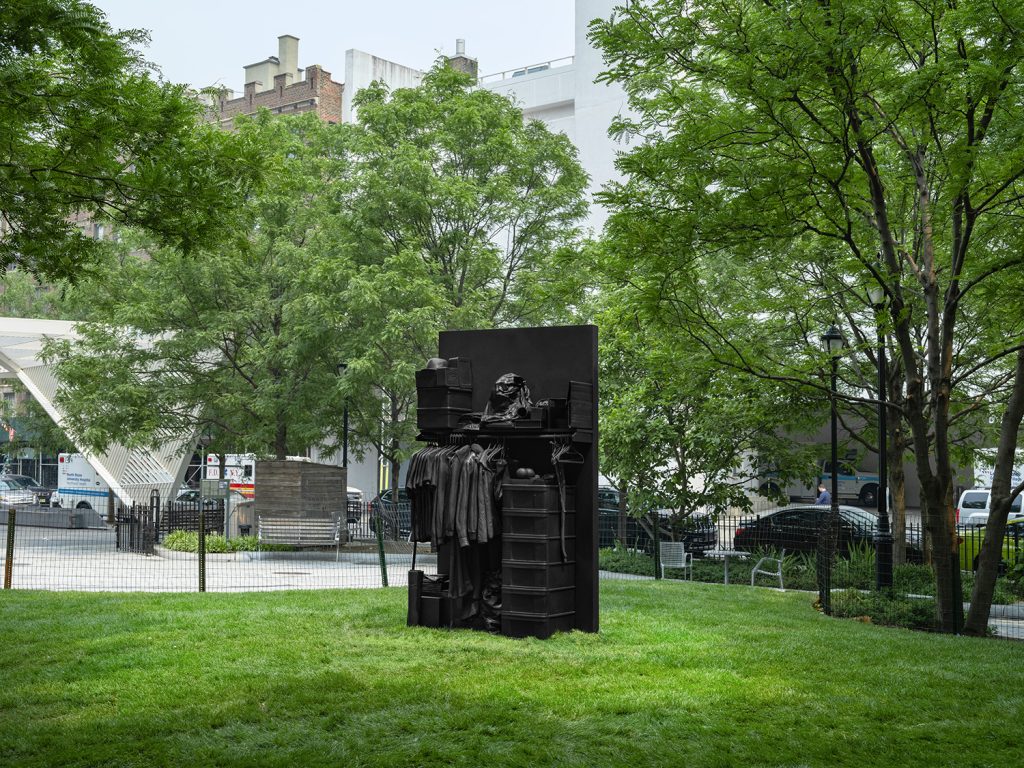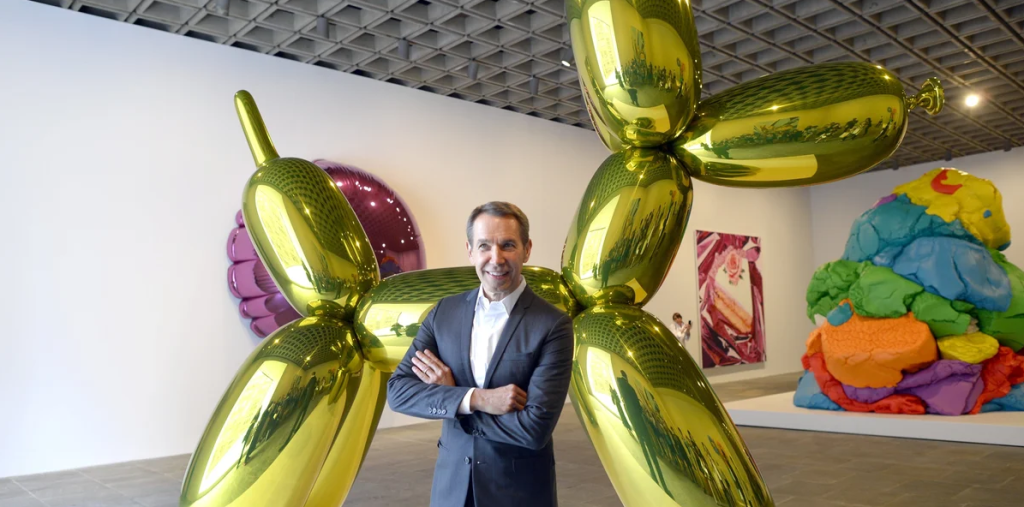Capturing Emotion: The Timeless Beauty of Rodin’s Statues
Auguste Rodin, a pivotal figure in modern sculpture, created works that capture the depths of human emotion and experience. His ability to infuse stone and bronze with life has cemented his legacy as a master of form and feeling. In this article, we’ll explore the emotional depth of Rodin’s statues and discover why they continue to resonate with audiences today.
The Power of the Human Form
Rodin believed that the human body was a powerful vessel for expressing emotions. His innovative use of pose and gesture allows viewers to feel the weight of each character’s experience. Take, for instance, “The Thinker,” an iconic representation of contemplation and introspection. The figure’s posture—leaning forward with clenched fists—conveys a profound inner struggle, inviting viewers to reflect on their own thoughts and dilemmas. Rodin’s attention to anatomical detail, combined with a focus on raw emotion, makes his works not mere representations but true explorations of the human condition.
The Influence of Nature
Rodin drew inspiration from nature, often incorporating organic forms and textures into his sculptures. This connection to the natural world adds an additional layer of meaning to his works. By emphasizing the interplay between human emotion and the environment, Rodin invites us to understand our feelings as part of a larger, universal experience. For example, in “The Kiss,” the entwined bodies of the lovers embody not just passion but also the beauty of connection that transcends time. The rough texture of the stone enhances this intimacy, reminding us of the raw, unrefined aspects of love.
The Legacy of Emotion in Art
Rodin’s contributions to the art world extend beyond his own creations. By emphasizing emotion in sculpture, he paved the way for future generations of artists to explore similar themes. His influence can be seen in the works of modern sculptors who embrace emotional expression through various mediums. Artists today continue to wrestle with the same themes of love, loss, and longing that Rodin so profoundly articulated. Through exhibitions, educational programs, and public installations, his legacy remains a vital part of our global art community.
In conclusion, Auguste Rodin’s statues serve as a timeless testament to the power of emotion in art. Their ability to convey deep feelings and connect us to our shared humanity is why they continue to captivate audiences around the world. If you’re intrigued by his work, consider visiting a museum featuring Rodin’s sculptures or exploring online resources to learn more about his fascinating life and contributions to modern art.


